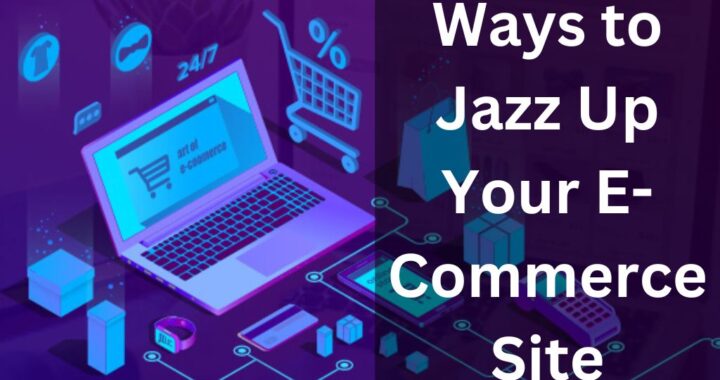Building An Inclusive Workplace For Employees With Disabilities

Inclusion in workplaces is no more optional. With organisations and their workforces becoming more aware about equality for all, organisations are required to cope with the trend and make sure the experience for the employees feels inclusive.
With that said, most conversations about an inclusive workplace only talk about gender, race, and other similar attributes. Most such conversations about inclusion ironically leave out one section of our society- disabled persons.
Despite Governments issuing inclusion guidelines for their own entities, privately held organisations have failed to follow suit.
However, the reality is that there is no such thing as partial inclusion. Either an organisation is inclusive or it is not. This means, for an organisation to truly be inclusive, it has to account for all employees, including those with disabilities.
That said, thanks to the existence of unconscious bias against disabilities and how they affect the lives of those who have to live with them makes it challenging to start thinking about making employees with disabilities feel more inclusive.
Unconscious bias, if you didn’t already know, refers to the phenomenon where people without disabilities are unaware about the needs of and the support required by people with disabilities.
As the name suggests, in most cases, such a bias is not intentional and simply exists because of the lack of education about the subject in question (disabilities, in this case).
With this article, our objective is to help you get started with making your workplace more inclusive for employees with disabilities.
Without further delay, let’s jump right into it:
Assimilate Accessibility In All Aspects Of Your Organisation
Inclusion of employees with disabilities should not be limited to installation of ramps and reservation of parking spots. Every aspect of your organisation must be modified to ensure accessibility for the disabled.
One such area, that is often overlooked, is employee training. Even many of the companies that are well renowned for their excellent training programs don’t account for employees with disabilities.
This is even more surprising when one realises how easy it is to make training more inclusive for employees with disabilities. In most cases, the modification can be done by investing only a few man hours and having a learning management system that is Section 508 compliant.
Similarly, another place where inclusion of employees with disabilities is overlooked is hiring. While making the hiring process accessible for candidates with disabilities includes making applications and job descriptions available in braille or Easy Read versions.
It is also important to measure your outcomes and the effectiveness of your efforts to continually learn and improve the kind of accessibility your organisation is providing.
Educate All Employee About Unconscious Bias
As mentioned earlier, people without disabilities are often not aware about the challenges and needs of disabled persons.
As a result, although unknowingly, many employees are sometimes inconsiderate towards their counterparts with disabilities. Such a trend can seriously hamper the progress of your efforts to make your workplace more inclusive.
The solution to this problem is quite straightforward- education and training.
Take the time out to educate your existing employees about the challenges and needs of employees with disabilities. Another great step you can take in this direction is to include training about this matter in the induction and orientation processes of new employees.
This will ensure your existing workforce and the new joinees inducted into your workforce, are all aware about the challenges of all their colleagues and are doing everything they can (and should) to help them be comfortable and bring their best work to the organisation.
Conclusion
Inclusion in the workplace does not have to be complicated. All it needs is the support of the people behind organisations, and a little bit of innovation in formulating solutions that enable inclusion and accessibility for all.

 Maximize Brand Reach: Top PR Strategies for All Platforms
Maximize Brand Reach: Top PR Strategies for All Platforms  Optimizing Your Compensation: The Role of a Personal Injury Attorney After an Accident
Optimizing Your Compensation: The Role of a Personal Injury Attorney After an Accident  Transforming Homes with Flooring Advantages in Lewisville, TX
Transforming Homes with Flooring Advantages in Lewisville, TX  4 Ways to Jazz Up Your E-Commerce Site
4 Ways to Jazz Up Your E-Commerce Site  Discover the Charm of Homes in Knightdale, NC
Discover the Charm of Homes in Knightdale, NC  Innovative Reporting: How to Utilize Power BI for Professional Paginated Reports
Innovative Reporting: How to Utilize Power BI for Professional Paginated Reports